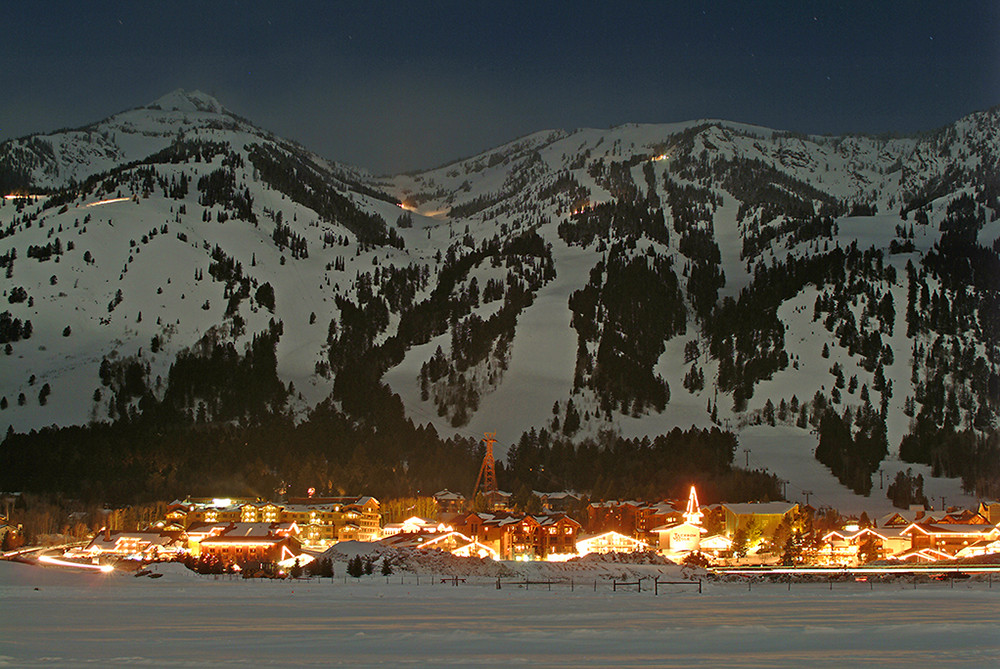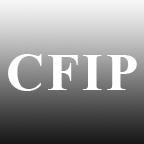Central Bankers Debate Yield Curves
Jackson Hole Retreat
Whilst BRICS leaders discuss ways to challenge US hegemony and plot to overthrow the mighty dollar as the global reserve currency, the minders of the financial status quo are descending on Jackson Hole, a picturesque town and refuge for millionaires and artisans in Wyoming at the foot of the majestically rugged Teton mountain range, for the annual meeting of the world’s preeminent central bankers.
In its 46th edition, the three-day US Federal Reserve Summer Symposium is organised by the Federal Reserve Bank of Kansas City and set to begin on Thursday with an impressive roster of central bank governors and academics in attendance.
It is a get-together of considerably more consequence than the sideshow in Johannesburg, South Africa, where on Wednesday morning the assembled leaders looked rather bored whilst sitting on throne-like white seats facing an adoring audience of people deemed very important by those who are likely not.
Xi Goes AWOL
President Xi Jinping inexplicably failed to show up, his whereabouts a well-kept mystery. Just hours before his extraordinary vanishing act, the Chinese president was bestowed the Order of South Africa, specially coined for the occasion, for unspecified services to the host nation.
Professional Jinping-watcher Bill Bishop of the Sinocism newsletter noted that throughout August the Chinese president has disappeared from public view for days on end, cancelling numerous commitments without any explanation.
Of course, President Vladimir Putin of Russia was also absent. He stayed in Moscow fearing arrest on a warrant for war crimes issued by the International Criminal Court in The Hague. That left President Cyril Ramaphosa, visibly annoyed with the low turnout, with only two of his fellow BRICS companions, Prime Minister Narendra Modi of India, and President Luis Inácio da Silva of Brazil.
Meanwhile investors and market analysts are primed and ready to record, weigh, dissect, and replay every word uttered by Jerome H Powell, chairperson of the Board of Governors of the US Federal Reserve System for clues on where the interest rate may be heading. It is expected that on Friday Mr Powell will signal a ‘higher-for-longer’ policy and refrain from declaring victory over inflation. That mission has not yet been accomplished although inflation is on a sustained downward trajectory.
Central bankers must now finetune their policies to manage a soft landing of the economy without causing the job market to shrink dramatically – or prices to resume their gallop – whilst also coping with the ripples of the pandemic and the impact of the war in Ukraine. The US Federal Reserve, European Central Bank (ECB), and Bank of England (BoE) are struggling to determine an inflection point for their benchmark rates. Both the Fed and the ECB seem to favour a pause in rate rises whilst the BoE suggests the upward path has not yet been fully trotted.
A Cautionary Tale
China, noticeably absent in Jackson Hole, has become a cautionary tale of sorts against keeping interest rates too high for too long. On Monday, the People’s Bank of China shaved a tenth of one percentage point off its key one-year rate (to 3.45%) but left the five-year rate used for mortgages and consumer credit unchanged at 4.2 per cent.
Earlier this month, the central bank lowered its interbank lending rate by 0.15 percentage points. By slightly increasing the spread between the one-year and interbank rates, policymakers granted commercial banks a slightly wider profit margin which may help offset some of the losses suffered since 2021 when China’s housing bubble burst.
Property developer Country Garden, an estimated $200 billion in debt, last week issued a profit warning expecting operating losses to exceed $7.5 billion after the company missed a $45 million bond coupon payment on 8 August. Market watchers consider a repeat of the infamous Evergrande ‘collapse’ a distinct possibility.
‘Bit Problematic’
With inflation in retreat and manufacturing output slumping, the job market in the US and Europe remains surprisingly strong. Its resilience prompted Raghuram Rajan, former governor of the Reserve Bank of India, to call the recent data ‘a bit problematic’. Mr Rajan is worried that the strong job market signals a long ‘last mile’ to reach the two per cent inflation target maintained by most central banks.
The participants of the Summer Symposium fear that the so-called neutral rate of interest – when it neither encourages nor discourages economic growth – may have crept up from its pre-pandemic level of 2.5% (0.5% in real terms after discounting 2% inflation). Researchers of the New York Fed suspect ‘R-star’ may indeed have gone up but expect the neutral rate to return to its historic level before long.
The much-desired soft landing – the holy grail of central bankers – may yet again prove elusive. A sure sign of economic trouble ahead, the yield curve hit its deepest inversion since 1981. An inverted yield curve occurs when the yield of short-term bonds exceeds the one of long-term bonds in a reversal of the normal state of affairs. Analysts were quick to point out that since 1978 the yield curve has inverted six times and preceded a recession on each of those occasions. Currently, 2-year T-bills yield 4.95% against just 3.86% for the 10-year treasury notes.
Banks are particularly susceptible to the downside of inverted yield curves as they borrow short and lend long. An upside-down yield curve makes this an unprofitable proposition. It usually takes about 15 months on average for an inverted yield curve to deliver a recession. Applied to the current inversion, which started twelve months ago, a downturn should start by next October.
Cover photo: Teton Village at the foot of the eponymous mountain range. The village is home to the Jackson Hole Mountain Resort.
© 2007 Photo by Latham Jenkins


